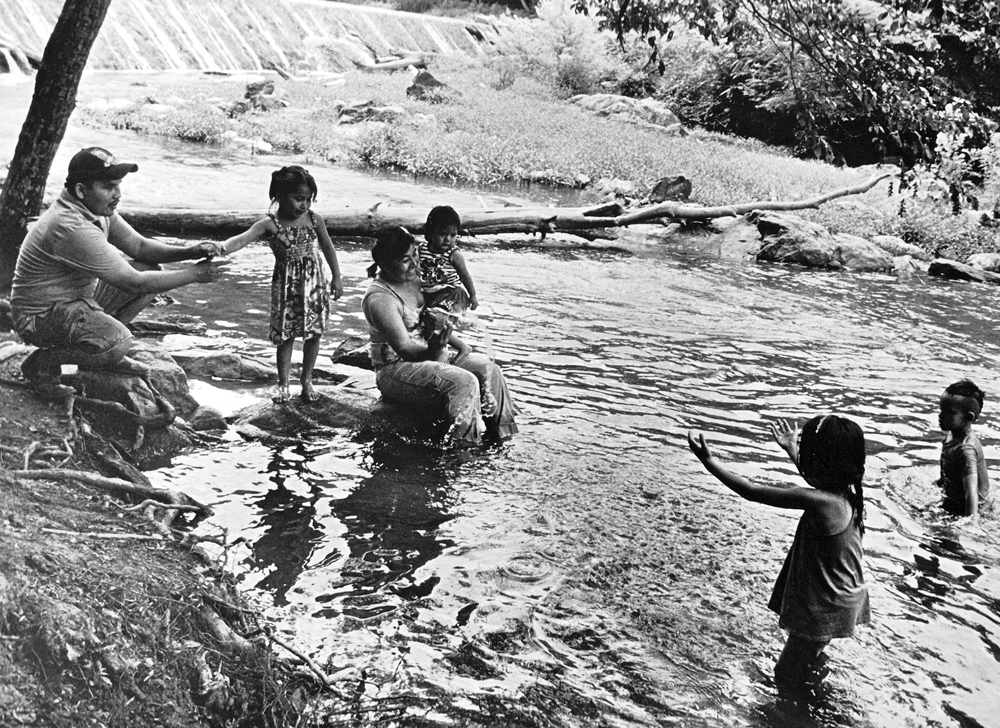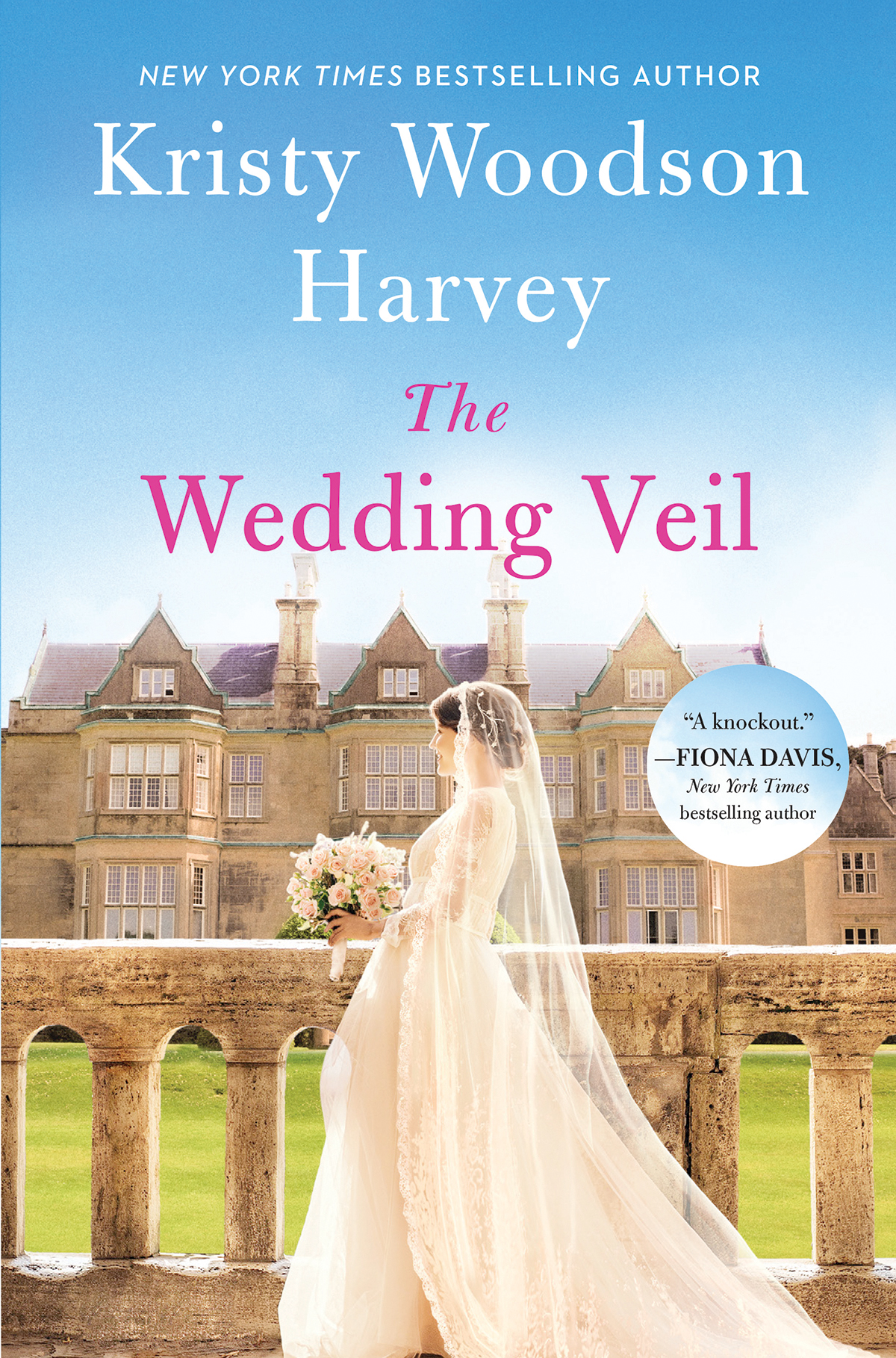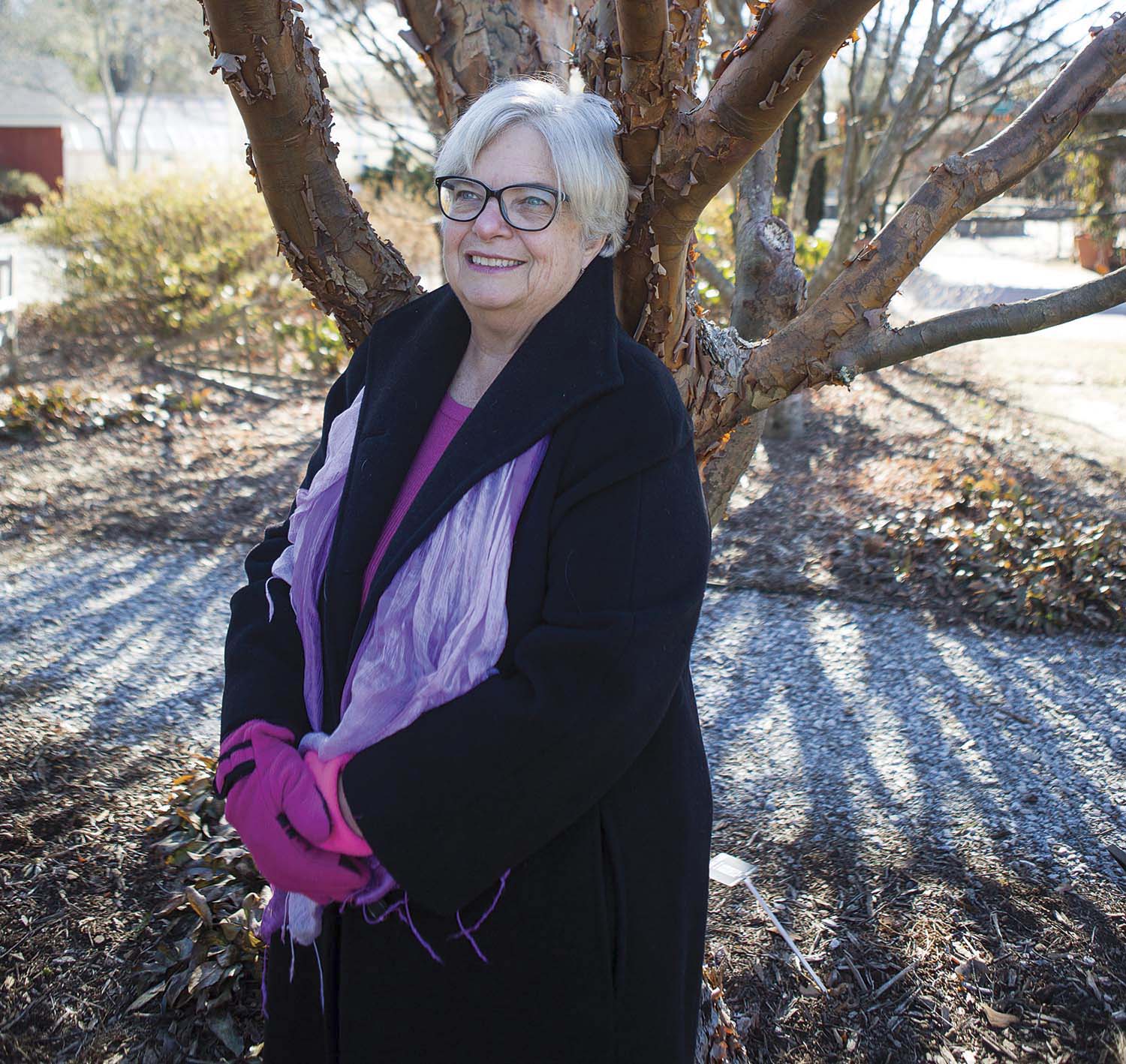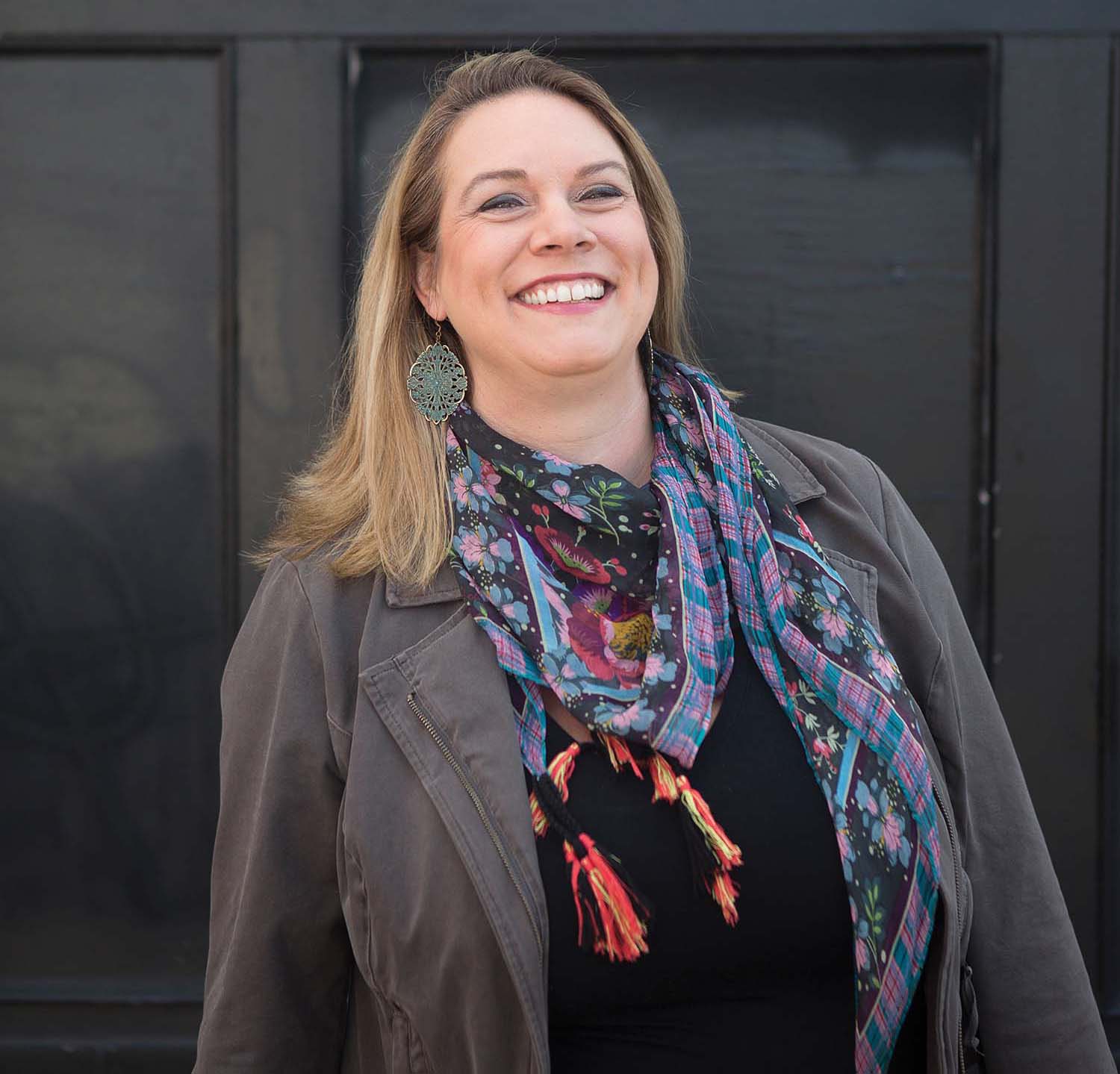
“This is no project … this is my responsibility,” says photojournalist José Galvez about his work documenting Latino life in America (most recently in the South).
Photojournalist José Galvez seeks out people and places that reveal the complexities of life across cultures. For more than 40 years he has documented Latino communities throughout the United States, capturing honest moments in black and white.
This Pulitzer Prize winner moved to Durham 11 years ago with his wife, Annie, to be closer to family, bringing with him a trove of images. He presents his stories and photographs to audiences across the country and will share them at the Henderson County Library this month.
Bold Life asked him what inspired his path and what people can gain from learning about each other.
Bold Life: Your path to photojournalism started with a shoeshine kit when you were 10 years old. Can you talk about those early days?
José Galvez: My next-door neighbor was the street sales supervisor for the Arizona Daily Star. He got me selling newspapers and later shining shoes. One night there was a reporter that wanted a shoeshine in the newsroom. I opened the door and said, “Whoa. These are the people that write the newspapers I sell on the street. I might want to be here some day.” The newspaper eventually hired me as a copy boy. A lot of the local journalism professors worked at the newspaper in the summertime. They encouraged me during my high-school years. They said, “Hey, keep it up. We’re waiting for you at the university. We’re going to make you into something.”
Did you feel that encouragement throughout your early career?
I really wanted to be a reporter, but back then if you were a minority they tried to steer you towards the manual side or the blue-collar side. They didn’t encourage blacks or Mexican-Americans to be reporters or writers or editors. This is the late 1950s and early 1960s.
What was it like to be a photojournalist during that era?
It was an exciting time. My God, you had the war in Vietnam, you had women’s liberation, you had hippies, you had the black Civil Rights movement and of course you had the Chicano movement and the farm workers’ movement under Cesar Chavez.
Did you meet a lot of people in the community because you were out from behind the desk as a photojournalist instead of working as a reporter?
Oh, yes. I covered a lot of stuff that was happening in the Mexican-American community because that was my background and my heritage. I lived in the barrio in the Mexican neighborhoods. My buddies are going there on the weekend to demonstrate; I’m going too because it’s my neighborhood and my people that are being affected.
You later worked at the L.A. Times, where you won a Pulitzer Prize for a series you did with your colleagues.
The Mexican-American reporters who were on staff were always fighting with management to let them work on good stories, positive stories about the Latino community. It was a variety of stories including education and politics. We did a roots story, profiles of Latino artists, politicians, and sports figures. They ran over the summer of ’83 and we were nominated for a Pulitzer. Much to my surprise, we won.
Since then you’ve continued to focus on documenting Latino life, both in California, here in North Carolina, and all over. What compels you to keep coming back to this theme?
All too often people of color have someone else come in and profile us or do a documentary on us, and then they move on to another project. I never wanted that to be the case with me. This is no project for me. This is just my responsibility to document who we are from within.
Do you see commonalities or differences between Latino life in different areas of the country?
Not just for Latinos, but for everyone. The Latino community is no different than the Anglo community or the Italian community or even the old Southern community. They’re storeowners; they go to church; the children play in the park; they’re hard workers; they own homes.
How do you know that you’ve captured a moment that will make a really good photograph? What do you look for?
I look for the dignity of the person, the strength of the person, and other more artistic things like the composition, the background, the body language of the individuals. Do I want that shadow across her face or partially in shadow and sunlight? Then just waiting for the right second to make that image when it all comes together.
Do you still get excited when you know you’ve captured something great?
Yes, and that’s why I continue to choose film because now, with digital, that excitement and magic is lost by the person taking the image because they immediately review it. I can’t wait to get into that darkroom and be surprised.
You’ll be coming to Henderson County Library this month. What are these talks like for the audience?
I look at the audience and evaluate quickly. Are there Latinos in the audience? I really do want to touch them, and I do want to educate the non-Latinos in the audience to get them to understand that we are much more similar than different.
José Galvez will speak at Henderson County Library (301 N. Washington St., Hendersonville) from 6-7:45pm, Wednesday November 4. www.josegalvez.com.



